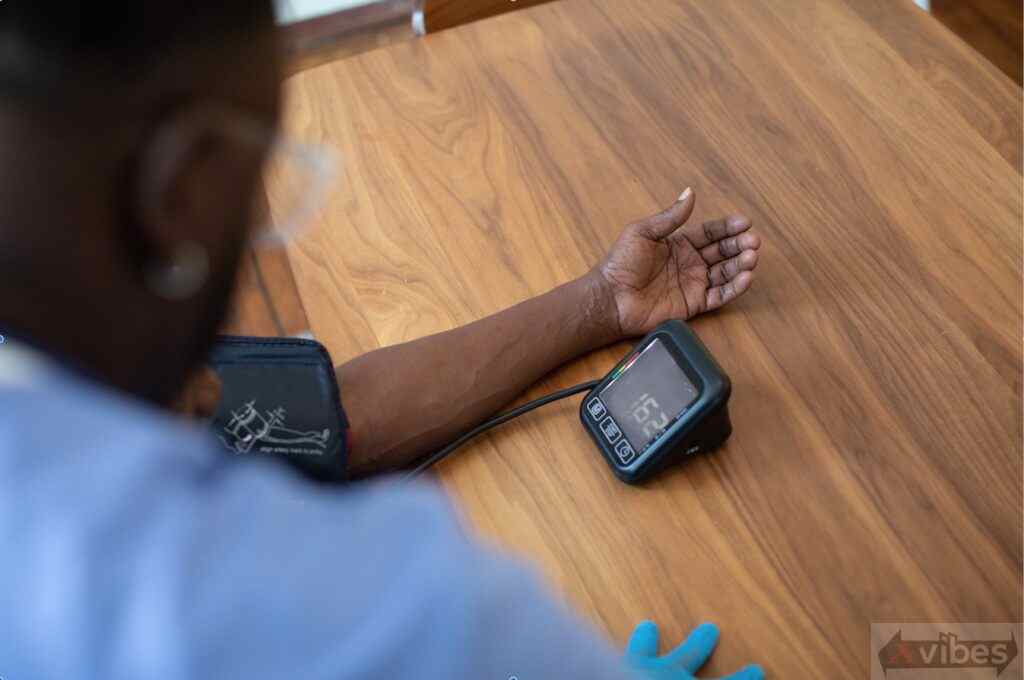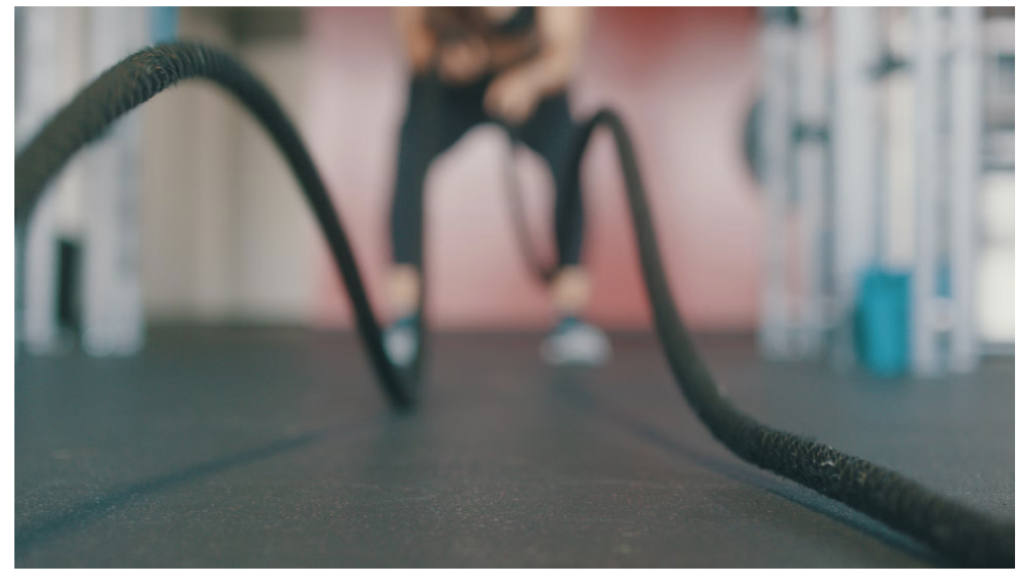By Mario Russel

Everyone loves getting out and exploring nature. In T&T there are numerous hidden gems which are only accessible by hiking.
Preparing your body for a hike is crucial to ensure you have the strength, stamina, balance and endurance to tackle the challenges of the trail. Most hikes require some uphill walking, and many
pathways can be uneven, muddy and slippery. It is essential to prepare your body to withstand the unforeseen obstacles that lie ahead on the trail. Even downhill walking can be treacherous since it not only causes pressure on the knees but the risk of injury is greater from slipping or falling.
Even your body weight affects your ability to walk the trail. The more weight you have on your body the harder it is to climb hills and the more pressure you will put on your heart and legs. Practice makes perfect, start little and work your way up. Soon you will get accustomed to walking on the trail.
Here are some steps to help you get fit for a hike:

Start with a medical check-up
Before beginning any fitness regimen, it’s important to consult with your healthcare professional to ensure you are in good health and physically capable of undertaking a hiking fitness program.

Set goals and choose appropriate hikes
Determine the difficulty level and
duration of the hike you’re planning to embark on will help you set specific fitness
goals and tailor your training program accordingly. Hikes are rated from 1(very
easy) to 8 (very difficult). The rating is based on distance, the length of the hike,
the elevation and the roughness of the terrain. It will take triple the time to trek a
mile of steep uphill rugged terrain compared to walking a mile around the
savannah where the path is flat and even. Hike ratings are as follows:
- 1 very easy
- 2 easy
- 3 fair
- 4 moderate
- 5 Strenuous
- 6 Challenging
- 7 difficult
- 8 very difficult

Cardiovascular exercise
Hiking requires good cardiovascular endurance. Engagein activities like jogging, brisk walking, cycling, or swimming to improve your cardiovascular fitness. Aim for at least 30 minutes of moderate-intensity aerobic exercise most days of the week.

Strength training
Strengthening your muscles is essential for hiking, particularly in your legs, core, and upper body. Incorporate exercises like squats, lunges, step- ups, planks, push-ups, and rows into your routine. Include both bodyweight exercises and resistance training with weights or resistance bands. Note: not
because you do strength training in a gym means you are fit for the trail, hiking does require additional aerobic activity.

Endurance training
Gradually increase your endurance by going on regular long walks or hikes. Start with shorter distances and gradually build up to longer distances, simulating the conditions of your intended hike.
Balance and stability training:
Hiking often involves uneven terrain and obstacles. Practice balance and stability exercises, such as single-leg stands, yoga, or using balance boards, to improve your stability and prevent injuries.
Flexibility exercises:
Maintain flexibility to prevent muscle imbalances and improve your range of motion. Stretch major muscle groups, especially your legs, hips, back, and shoulders. Incorporate activities like yoga or Pilates into your routine.
Incremental progression:
Gradually increase the intensity and duration of your workouts over time. This progressive overload helps your body adapt to the increasing demands of hiking.

Train with a backpack
As you progress in your training, add a backpack with weight to simulate the load you’ll carry during your hike. Start with a light load and gradually increase it to match the weight you plan to carry on your actual hike.
Practice hiking skills:
Besides physical fitness, familiarize yourself with hiking- specific skills such as using hiking poles, navigation, pacing, and trail etiquette. Take shorter hikes or join local hiking groups to gain experience.

Stay hydrated and fuel your body:
Drink plenty of water throughout the day and during your training sessions. Eat a balanced diet that includes lean proteins, complex carbohydrates, and healthy fats to provide the necessary fuel for your
workouts and recovery.
Rest and recovery:
Allow your body sufficient time to rest and recover between training sessions. Adequate sleep, proper nutrition, and active recovery techniques such as stretching or foam rolling are crucial for preventing injuries and optimizing performance.

